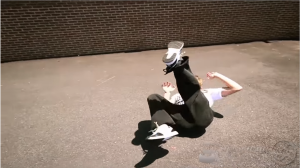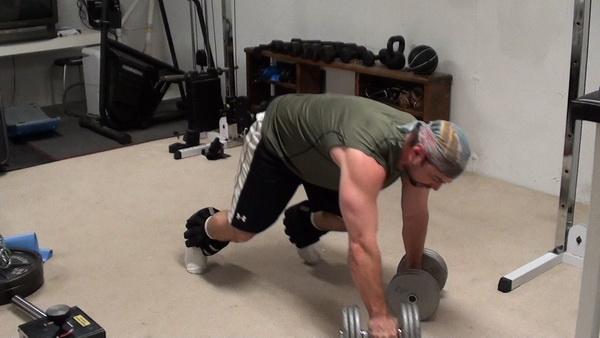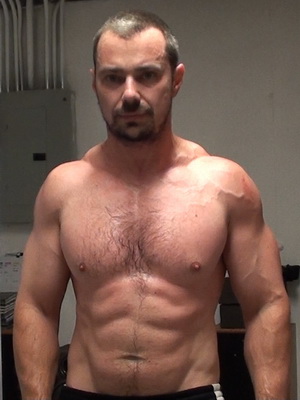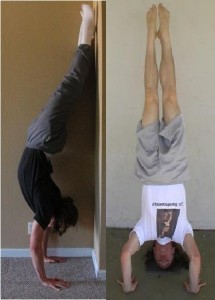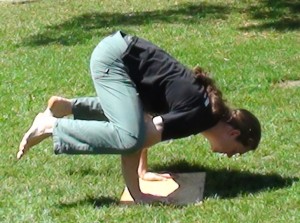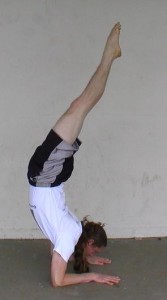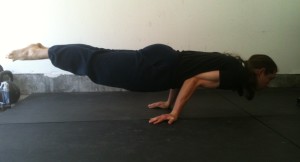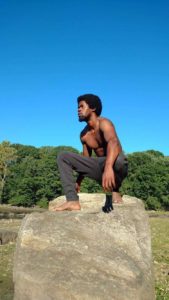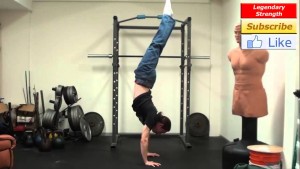We’ve got another guest post from Certified Progressive Calisthenics Instructor Forest Vance. Last time he discussed a bodyweight apparatus mainstay with the pull up.
Today he’s coming back with a sneaky trick in order to develop your push up.

Sneaky Trick to Do More Push Ups –
Instantly by Forest Vance, creator, Bodyweight Strong
A couple of years ago – after charity event we had held at FVT Boot Camp – we went out to a bar to eat, drink, and celebrate.
Several of us get to talking about how many push ups we think we can do … one thing leads to another, and before you know it, I’m in the middle of a push up contest!
The guy I was going against could do a surprising amount of push ups…I ended up squeaking out a victory, but barely …and the big way I was able to do it was using the technique I am going to share with you in today’s article.
Try this technique today … if you do it right, you’ll be able to do more push ups, instantly!
Sneaky Trick to Do More Push Ups – Instantly
– At the top of your push up, get as tight as you can. Take a deep breath to load up your muscles. Tighten your upper body, legs, core, everything.
– Drop into your push up without letting your breath out. Maintain tension in your abdominals and throughout your entire body. Do NOT exhale or let tension ‘escape’ in any way!
– Exhale as you press through your sticking point in the push up or after you finish the move. This will also help you keep tension throughout.
– Once finished with the push up, pause at the top and take a breath or two. Either lower back down to the ground and repeat, or rest.
This is a technique that can be used to tap into additional strength reserves, and boost your strength and power instantly. You can use this technique not only for push ups, but for other bodyweight moves as well, and also when lifting heavy weights. Give it a try today – I think you’ll be surprised at the results!
Train hard, and talk soon –
– Forest Vance Author, Bodyweight Strong
Stay Inverted!
-Coach Jon
PS – For more tricks like the one outlined in this article, and for a full 12 week bodyweight only training program that will take you from whereEVER you are now, to bodyweight STRONG, click the link below:
Bodyweight Strong.


